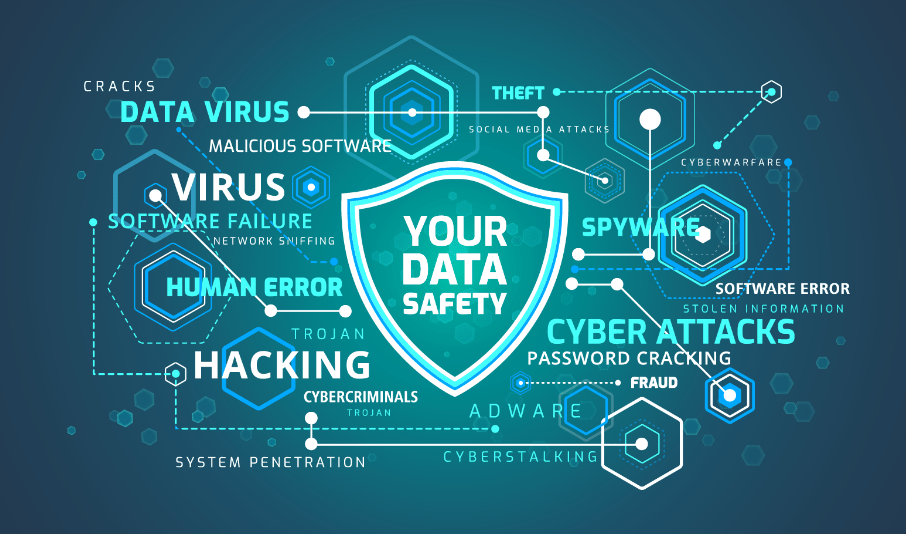Data Loss Prevention (DLP) for Businesses
The Current State of Cybersecurity in Australia

In recent years, cyber security has become a major concern for businesses all over the world. Australia is no exception, with businesses of all sizes facing the risk of cyberattacks. The current state of cyber security in Australian businesses is worrying, to say the least. A recent survey found that nearly 60% of businesses had experienced a cyberattack in the past 12 months, and less than half of those surveyed said they were confident in their ability to prevent future attacks.
This is a major cause for concern, as it suggests that many businesses are not taking the necessary precautions to protect themselves from cyber criminals. Even more alarmingly, the same survey found that less than 10% of businesses had cyber insurance, which could potentially leave them exposed to massive financial losses in the event of an attack.
“Australian businesses face increasingly sophisticated and capable cybercriminals targeting what matters most to them; their money, data and reputation. Bank accounts, email systems and business devices, including computers and mobiles, are just a few of the critical business assets that face compromise.”
Australian Cyber Security Centre 2020 (ACSC)
What Tools could you use to Protect your Business?

By adopting the proper technology; resource-constrained businesses can navigate the challenges brought on by an expanding attack surface, un-reliable IT solutions, and obscured network visibility, all the while dealing with the new trends that drive businesses and employees toward cloud services.
One cyber security technology that we recommend is Data Loss Prevention or DLP.
What is DLP and how does it work?
Prevent Theft of Your Customer Data
As cyber threats continue to evolve, businesses must be vigilant in protecting their data. Data Loss Prevention (DLP) is a powerful tool that can help businesses to defend against cyber attacks. DLP works by identifying and preventing the unauthorized use of data. It can also help to monitor and control access to data, ensuring that only authorized personnel have access to sensitive information.
In the event of a cyber attack, DLP can help to minimize the damage by quickly identifying and isolating the affected data. As a result, DLP can play a vital role in protecting Australian businesses from cyber threats.
Major Factors Driving DLP Adoption?

1. Cost- The average total cost of a data breach was $4.2 million in 2021, a 10% increase from 2020, according to an IBM and the Ponemon Institute report.
2. Compliance. Expanding global regulations heightens the need for DLP to satisfy expansive laws and requirements on data governance.
3. Data volume. Companies produce more data than ever, and the data generates a great deal of value. Sophisticated hackers are on the prowl to find ways to steal data for profit, including identity theft, insurance fraud and other economic crimes.
4. Wider attack surface. Cloud services, endpoint devices and third-party vendor tools are potentially vulnerable to ransomware and other cybersecurity threats.

